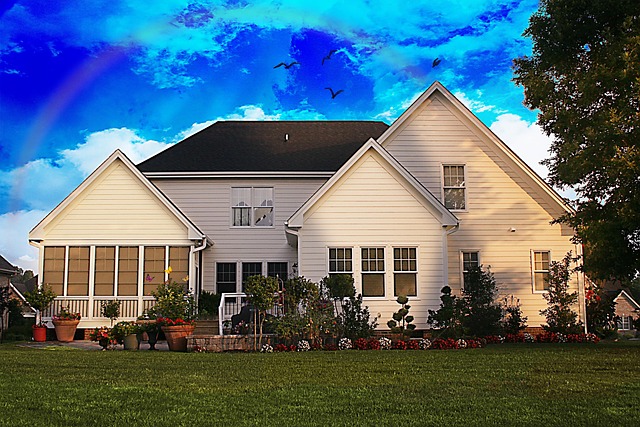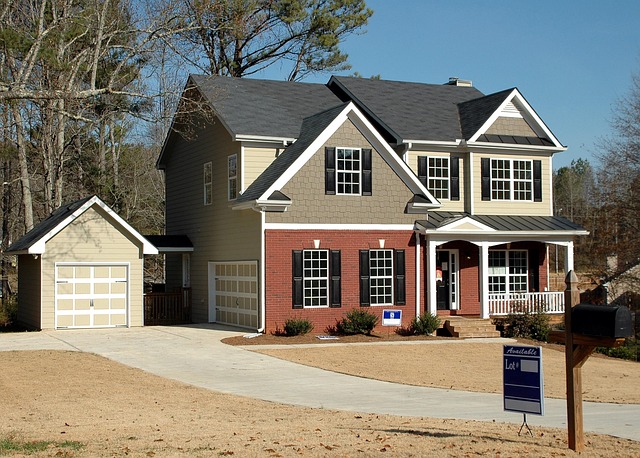Strategic real estate investments in Sacramento's underserved neighborhoods drive economic growth, improve property values, and enhance community pride through targeted initiatives like selling houses in bad parts of Sacramento. This involves public-private partnerships for mixed-use developments, addressing affordable housing and green space needs, and leveraging market research to revive areas with comprehensive approaches that foster local business growth and appeal to new residents looking to sell their houses in previously rundown neighborhoods.
Reviving neighborhoods through real estate is a powerful tool for community transformation. This article explores how strategic investments can breathe new life into areas like Sacramento, California. We delve into the impact of real estate on local communities and present practical strategies for revitalization. Additionally, we offer a comprehensive guide on selling houses in less desirable neighborhoods, providing insights to help residents and investors navigate these markets effectively.
- Understanding the Impact of Real Estate on Communities
- Strategies for Revitalizing Sacramento's Neighborhoods
- Selling Houses in Bad Areas: A Comprehensive Guide
Understanding the Impact of Real Estate on Communities

Reviving neighborhoods through real estate investments has a profound impact on communities, especially when targeting areas that have long been overlooked or struggling with decline. The process begins with recognizing the unique needs and potential of each neighborhood. In Sacramento, for instance, selling houses in historically bad neighborhoods can catalyze significant positive changes. This strategy not only contributes to economic growth by increasing property values but also fosters a sense of community pride and engagement among residents.
By revitalizing these areas, new investments attract businesses, create job opportunities, and stimulate local economies. The ripple effect extends to improved public services, better schools, and enhanced safety, making them more desirable places to live. This transformation encourages people to move in, sell their existing homes in less desirable parts of the city, and contribute to a dynamic, thriving Sacramento community overall.
Strategies for Revitalizing Sacramento's Neighborhoods

Revitalizing Sacramento’s neighborhoods requires a multifaceted approach that addresses both physical infrastructure and socio-economic factors. One effective strategy is to encourage and support local businesses, which can breathe new life into areas often characterized by decay and neglect. By providing incentives for entrepreneurs and small businesses to set up shop in these neighborhoods, the city can foster a sense of community and economic growth. This, in turn, can make selling houses in previously rundown areas more attractive, as improved amenities and services boost property values.
Additionally, public-private partnerships play a crucial role in reviving Sacramento’s neighborhoods. Collaborating with developers to create mixed-use developments that blend residential spaces with commercial and retail options can transform blighted areas into vibrant hubs of activity. These partnerships should focus on sustainable development practices to ensure the long-term health and appeal of these communities. Addressing issues like affordable housing, green spaces, and public transportation accessibility further enhances the desirability of these neighborhoods, making them more attractive for residents and investors alike, including those looking to sell their houses in bad neighborhoods Sacramento.
Selling Houses in Bad Areas: A Comprehensive Guide

Reviving neighborhoods through real estate can start with one strategic decision: selling houses in areas that have been deemed problematic or “bad.” Sacramento, like many cities, has pockets where investment is scarce due to various social and economic factors. However, savvy investors and homeowners can see these areas as opportunities for growth. A comprehensive guide to selling in these neighborhoods involves understanding the unique challenges and tailoring your approach accordingly.
First, conduct thorough market research specific to Sacramento’s bad areas. Identify trends, such as rising crime rates or declining property values, but also look for signs of community revitalization efforts. Offer competitive yet realistic prices that acknowledge both the area’s current state and its potential. Presenting a fair offer can foster good relationships with neighbors, making it easier to attract buyers who will not only invest in the property but also contribute to the neighborhood’s long-term revival. Additionally, consider partnerships with local businesses or community leaders to stage events or renovations that highlight the area’s potential, thereby attracting more interested buyers.
Reviving neighborhoods through strategic real estate practices is a powerful tool for community transformation. As seen in Sacramento, where various strategies have successfully revitalized areas once considered problematic, understanding the local market and implementing thoughtful approaches can lead to significant positive changes. For those looking to contribute to this process, especially when considering selling houses in bad neighborhoods like Sacramento, comprehensive guides and a deep understanding of the impact on communities are essential. By embracing these strategies, we can continue to foster vibrant, thriving neighborhoods across various urban landscapes.
